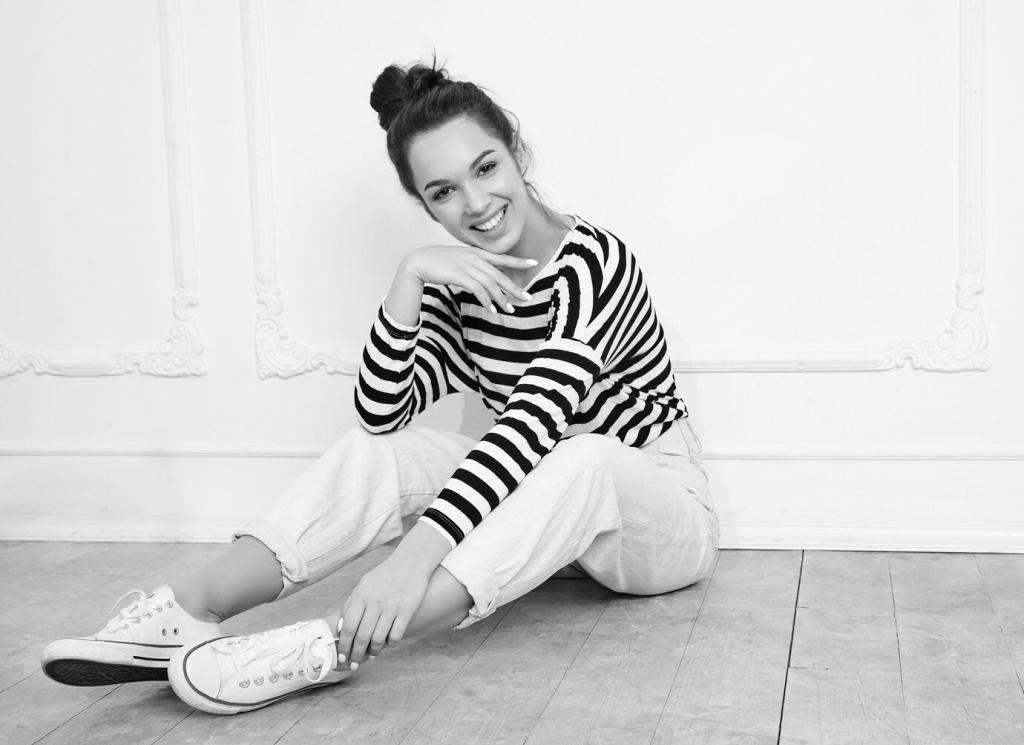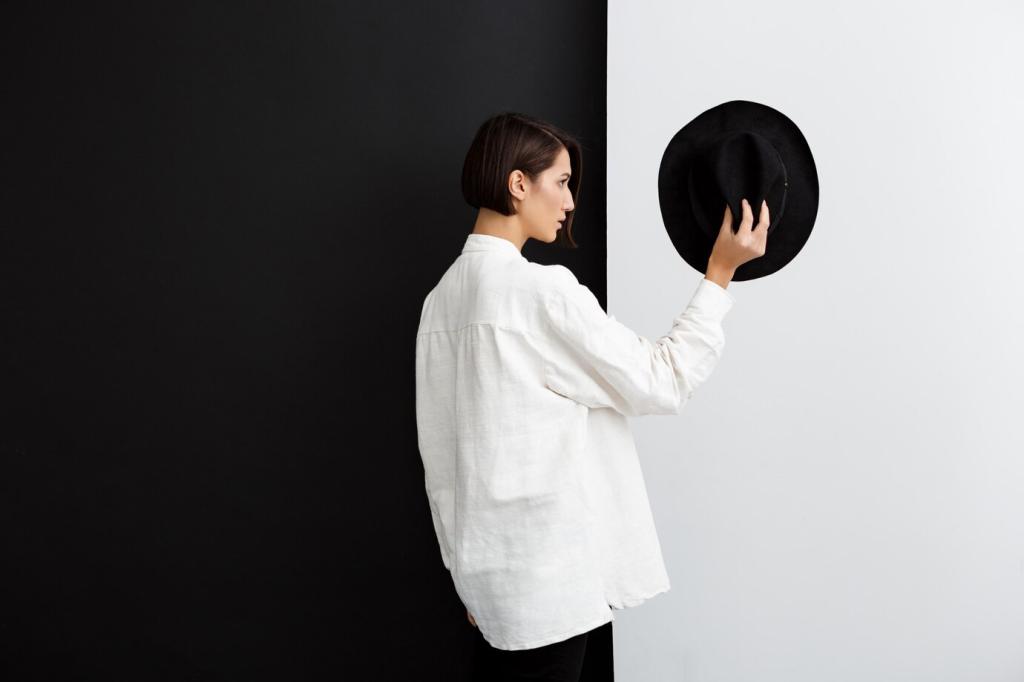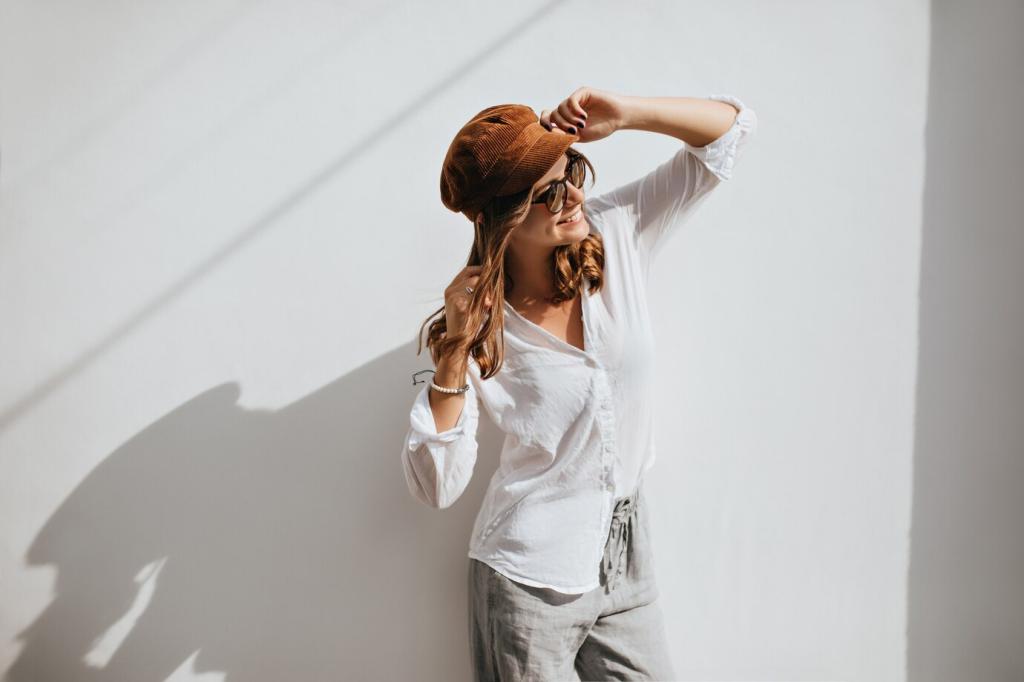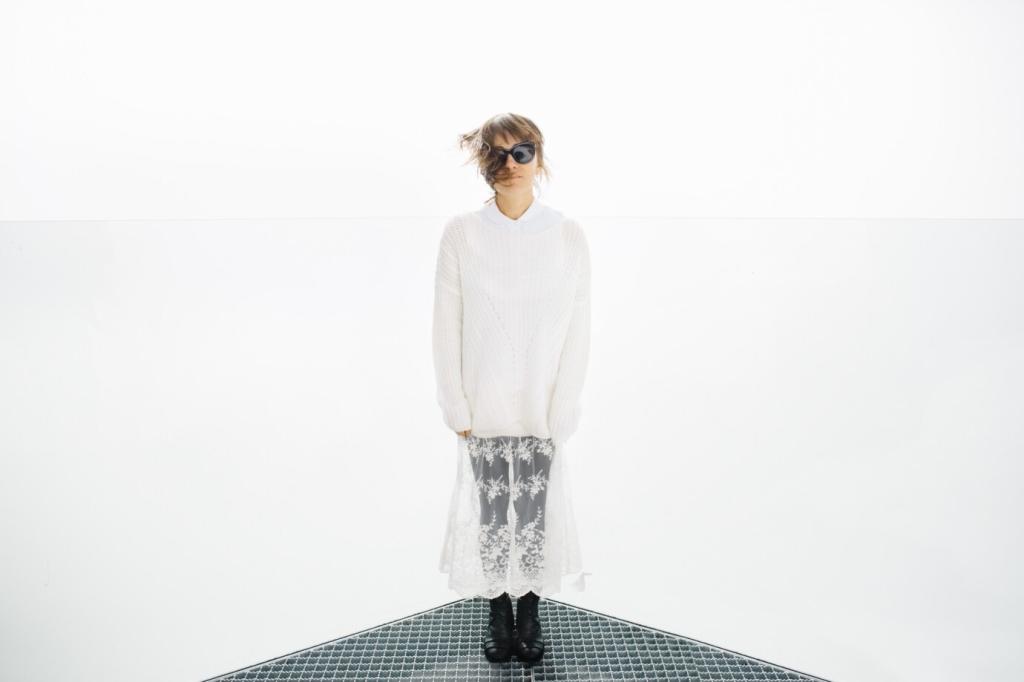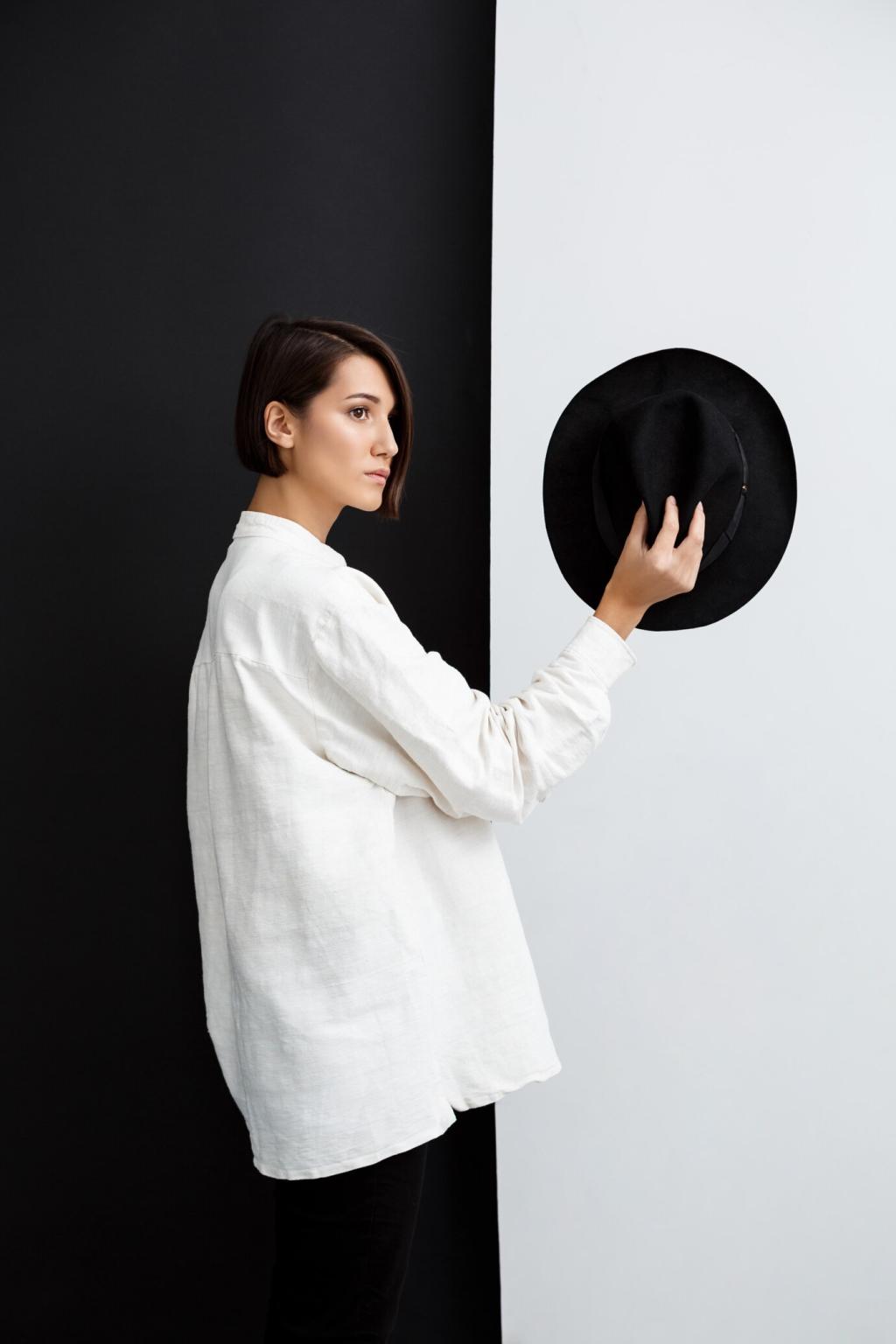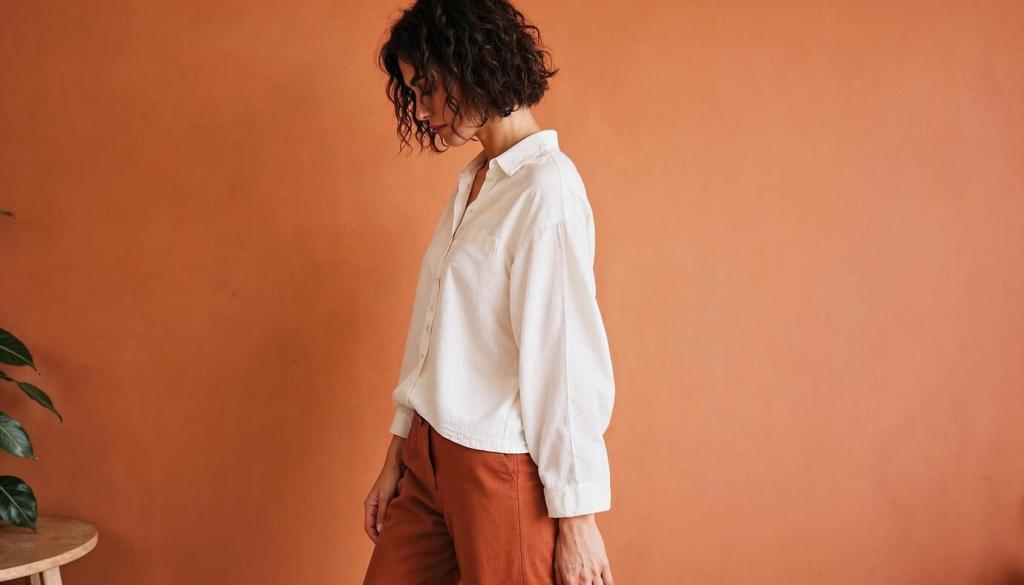Sustainability and Health at the Core
Future-focused homes prioritize breathable walls and cleaner air. Mineral and lime-based finishes regulate humidity, diffuse light beautifully, and patina with grace. Low-VOC formulations reduce harsh odors and post-paint headaches, making refresh days calmer and safer for families, pets, and plants alike.
Sustainability and Health at the Core
Earth and plant-derived pigments offer complex undertones synthetic mixes rarely match. A chalky sage or clay pink sourced from natural oxides sits softly against wood and stone. Their depth keeps minimalist rooms engaging, even with fewer objects on display and simplified décor.

